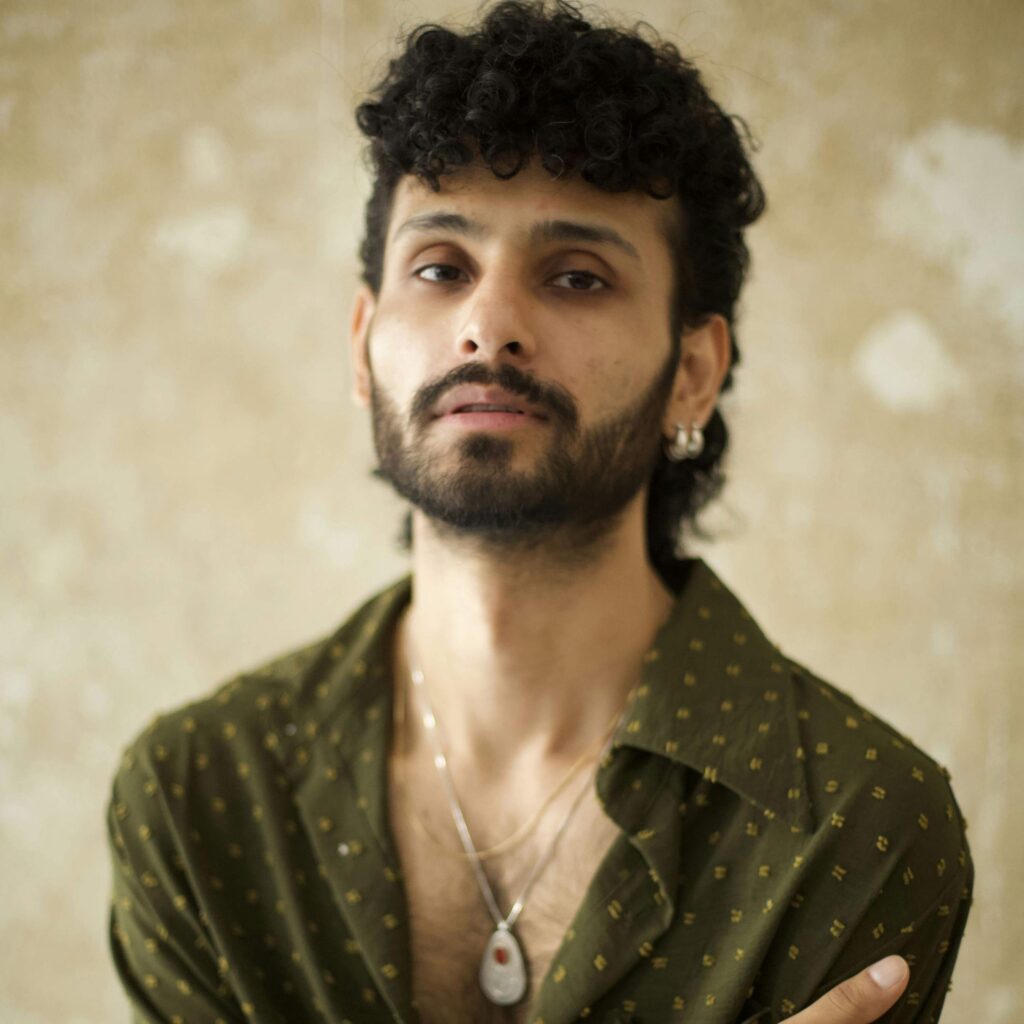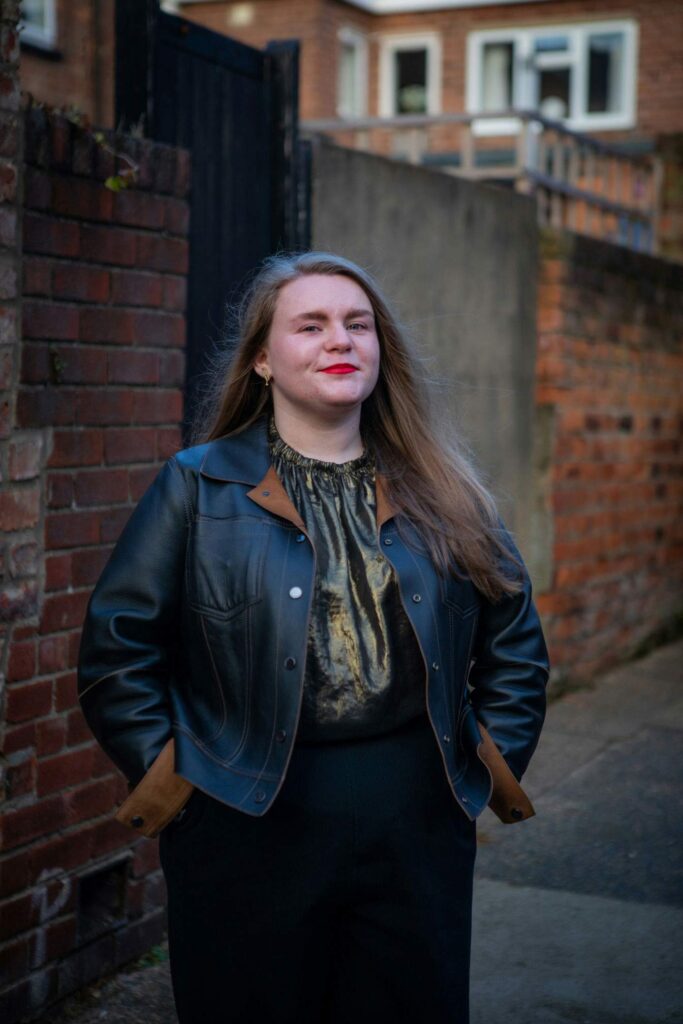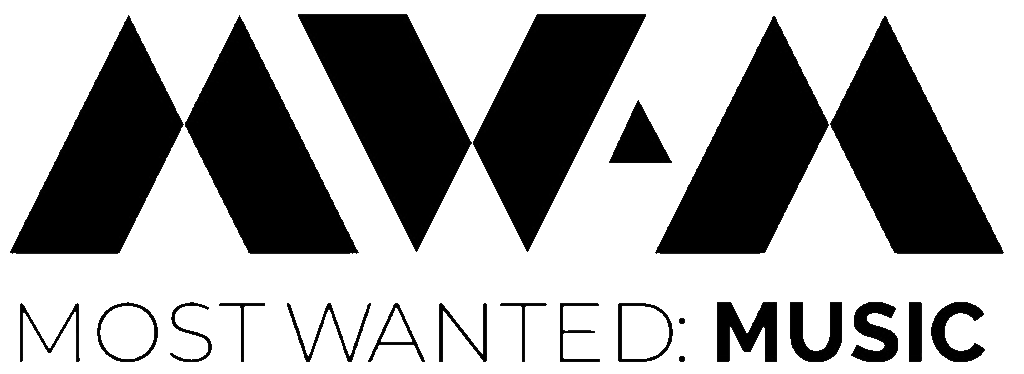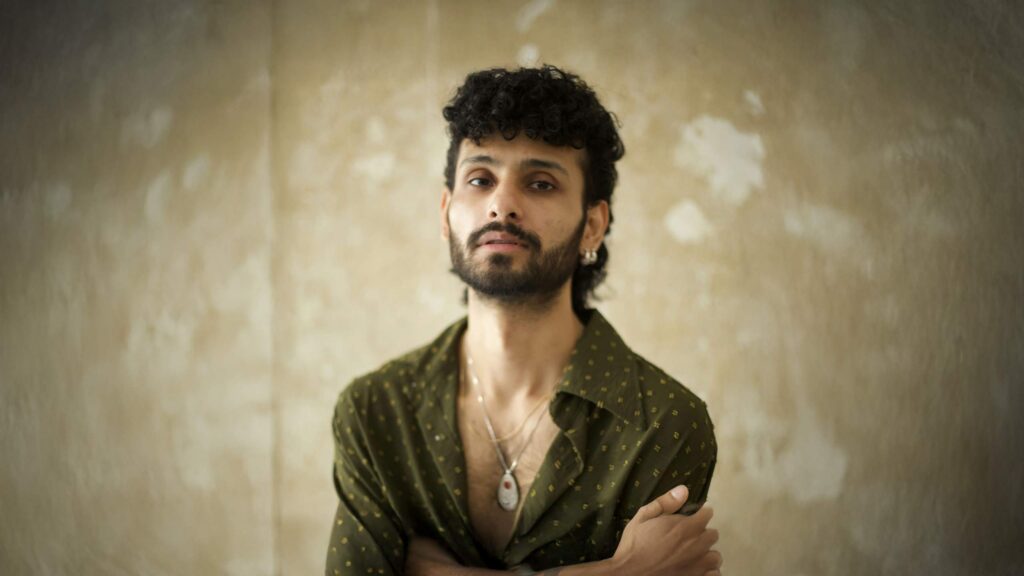Transforming society through music is one of those things that we experience all the time in our day-to-day lives – when we experience musical euphoria with friends in a club, or when a song rallies the crowd at a sports event. But what about at a macro societal scale? Can the universal language of music connect people across divides, foster new understanding, and help build solutions for bigger social challenges?
In short: can music’s unique power create a better world? We put this idea to the multidisciplinary artist Qeas Pirzad, the artist and activist Diana Ezerex, researcher and gender equality activist Grace Goodwin, and the musician and nervous system coach Lois Hayes. Here’s what they thought.
Music: a unifier, a translator, a rekindler of trust
Music is a global, universal language that brings pan-cultural joy, and can bridge gaps. But can music really help to rebuild social trust in an era of polarisation and cultural fragmentation?

Qeas Pirzad is a multidisciplinary artist whose work – inspired by his Afghan roots and life in Berlin – explores identity, heritage, and diaspora. He says that studies demonstrate the power of collective musical experiences, “whether in choirs, concerts, or festivals… they foster belonging, cooperation, and emotional connection that transcend language and ideology, offering moments of unity in divided contexts.”
Music can only do so much, he says: and it can only augment other political and social work – but its power is undeniable, and lies in “reminding us of our shared humanity: when people sing, dance, or listen together, walls often come down, and even in times of polarization, music creates a safe space where empathy can flourish. By opening hearts and nurturing connection, it can help lay the groundwork for rebuilding trust.”
“In times of fragmentation, live music can reclaim its role as secular ritual,” says Lois Hayes, who works as nervous system coach, supporting artists and label teams at the intersection of creative strategy and trauma-informed care. Music is a “place where bodies, voices, and emotions gather in shared presence,” she explains. For community trust to rebuild, “we need spaces where politics and division are set aside, and people connect through passion and resonance.” What matters is not hierarchy, she says, “but creating spaces where artists and audiences alike can enter a field of shared meaning.”


Marginalised genders find the industry itself a source of polarisation, says Grace Goodwin: “it’s a space where inequality, harassment, and exclusion have fractured trust.” Rebuilding it requires intentional action, she explains, including the “representation of women and gender-diverse people” at all levels of power, job sector, and authority, and a curated approach to programming.
For artist, songwriter, educator and activist Diana Ezerex, “Social trust doesn’t come back through arguments – it comes back through shared experiences. Music creates those moments instantly.” Live music, she says, is especially powerful in its unifying potential, and new, better platforms are needed to enable it: “cross-cultural festivals, grassroots projects, hybrid stages where audiences and artists meet as equals.” Trust, she believes, “grows when people feel seen and heard, and music is one of the few languages that makes that possible without translation.”

Patience and time is needed to allow deep roots to grow
Culture can feel ephemeral today: the cliché is that we swipe past 15 second videos, seeking quick hits of serotonin. But true culture is often deep and slow – so how do we grow environments where music culture has long-term impact?
There’s a tension between our tech and our intent. “Real culture has always been slow,” says Lois. “It grows through repetition, through local gatherings, through the deep time of practice.” And yet grassroots initiatives, which reflect this approach, “often struggle against urgency culture and the pressure for constant novelty.”
In this modern, always-on environment, culture needs support that gives it the space – and time – to breathe, she says. “We need platforms that prioritise in-person connection, that resist the demand for constant swiping and distraction and that cultivate rituals of gathering over time. When we invest in grassroots voices in this way, they don’t just appear and vanish, they become part of a living cultural ecosystem.
Diana agrees, and wants, “investment in education, rehearsal spaces, and community stages – the infrastructure that allows artists to grow slowly and sustainably. Digital tools can help visibility, but depth comes from relationships, not virality.” If we want the grassroots to shape the future, we need to treat it less like a trend and more like an ecosystem, she says: “nurture it, protect it, and give it the time it needs to flourish.”
And the approach to investment needs to change, says Grace: “most grants and sponsorships for “women in music” are for one-off events or short-term projects.” This creates a cycle of hustle, she explains – whereas a multi-year, unrestricted funding would allow strategic progress instead of participants living grant-to-grant.
Qeas is also in agreement – but points out the personal responsibility for action, too: we need the “willingness of individuals to show up, listen, and engage beyond the quick swipe of a screen.” Grassroots music and art thrive on relationships built over time, he says. They carry “the slow rhythms of trust, memory, and shared experience.” And in an age of fleeting attention spans, their long-term impact depends on “our choice to linger, to nurture, and to recognize that true culture is not just what trends, but what endures.”
Music is a mirror and a voice – and both can empower
If music has this community strength, then how can it empower younger generations to imagine and build more equitable futures? And what do artists, labels and other stakeholders need to do to enable this?
The pipeline starts young, says Grace. The music industry needs to, “put instruments, production software, and mentorship into the hands of young girls and gender-nonconforming youth, long before industry gatekeepers get involved,” which will boost representation, community, self-expression, and activism.
Music can empower young people when it gives them both “a mirror and a voice,” Diana believes. “A mirror, so they can see their own stories and struggles reflected; a voice, so they feel they can shape narratives rather than just consume them.” She’s seen this power in workshops with young people in prisons, who “discover that writing a lyric or performing a song can shift how they see themselves and their future.”
To make this work at scale, young people need spaces in which they can experiment and fail safely, she says.“Artists need to take responsibility for representation and authenticity, labels need to invest in long-term education and access, and stakeholders need to open doors to rehearsal rooms, and provide mentorship.”
“For this power to take root,” Qeas explains, “artists, labels, and stakeholders must move beyond surface gestures, investing in youth-led projects, opening doors to resources, and carving out spaces where diverse voices are not only heard but trusted. When young people recognize themselves in music and are empowered to shape its course, it becomes more than art—it becomes a tool for transformation, a seedbed for more equitable worlds.”
Lois agrees that “access is key. We must intentionally remove barriers of income, geography, and tradition,” she says, “and open pathways for young voices to experiment at the edges. That means creating opportunities, fresh ways of releasing and consuming music beyond the status quo and major streaming platforms and initiatives that nurture imagination, not just consumption.”


